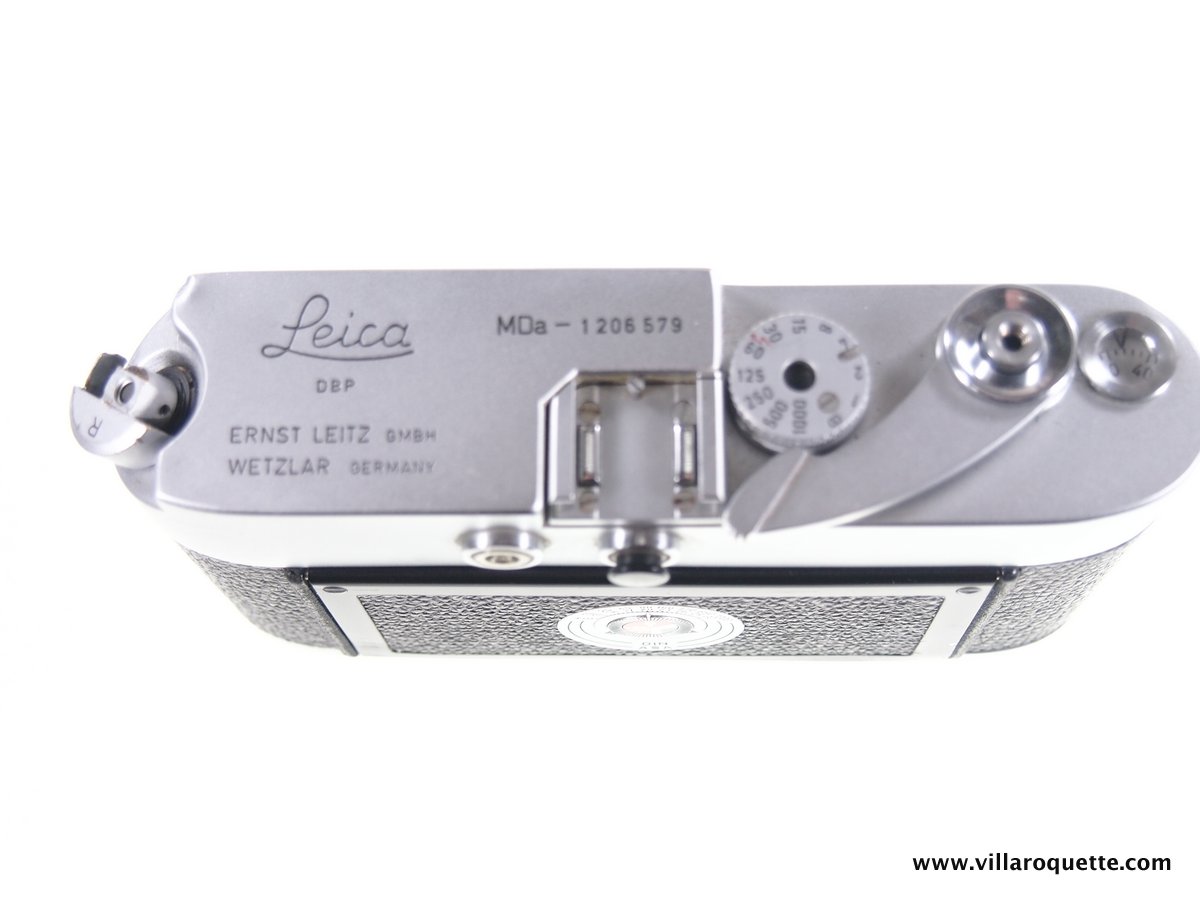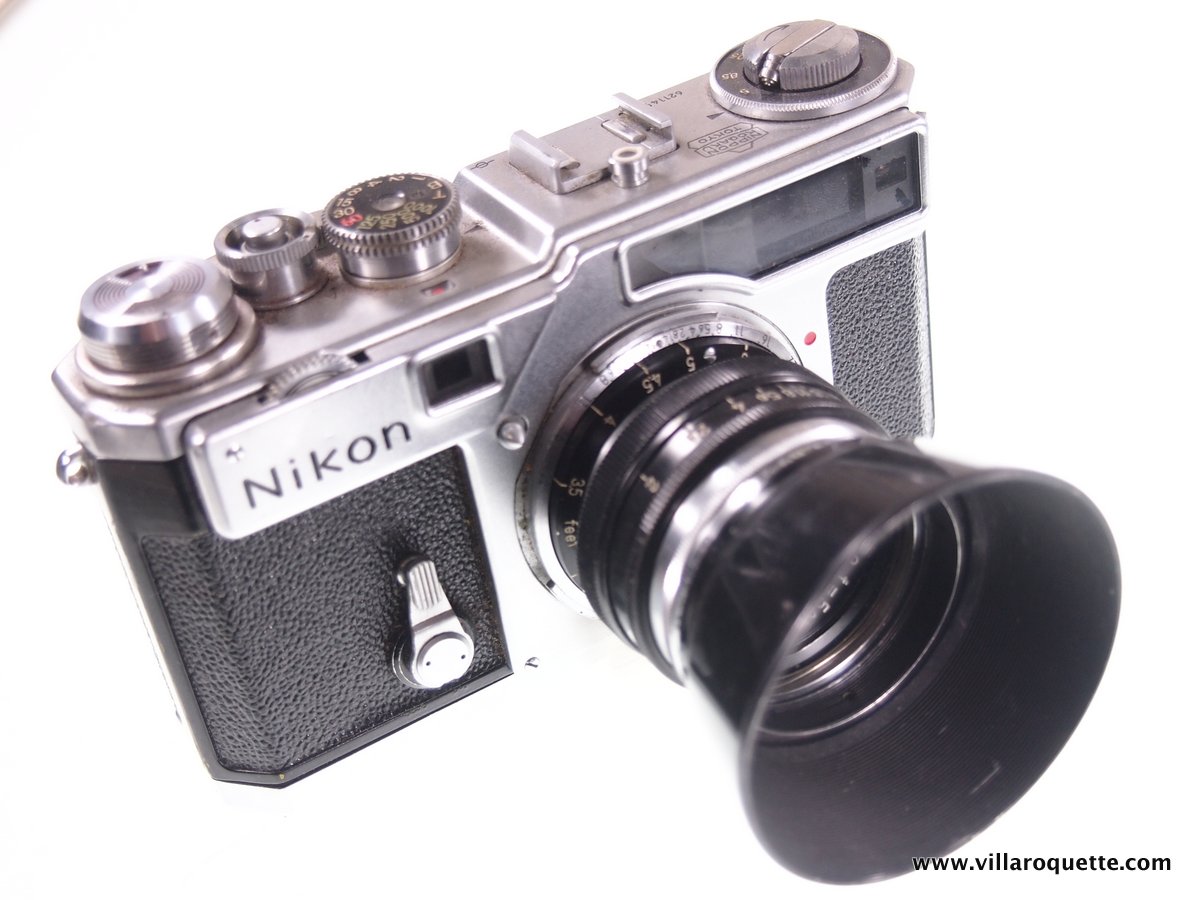A long time ago, when giants walked the earth, giants like Cartier-Bresson, Bill Brandt, David Douglas Duncan (he is still here) Picasso and many others who influenced me, I bought my first Leica Camera. It was a M2, I also bought a M3 soon after and they became my “working” cameras for miniature format – the “feel” and the “silence” was beautiful.
Time trickled away – stuff got lost, broken and sold – I drifted into digital quicksand and my darkroom lights went out.
Now I am starting over again, but prices and values (not the same thing) have gone weird. I always worked with “large format”, which, in the past, for me was 4″x5″ and occasionally 10″x8″ – but now 5″X7″ is small for me and I am working mostly with 10″x12″ (inches) – but small cameras have a fascination, I don’t use them now to make a living, so can load a few frames and choose exposure and development more selectively.
But I could not justify the cost of a Leica M series – until last week.
I saw a MDa on ebay (two actually) at a very low price – made a crazy very low bid – and was lucky – it has a broken rewind button (so if anyone has parts please let me know, but this is no problem, it works fine.
The MDa is a lab camera – no rangefinder or viewfinder, basically it is the iconic M4 (one of the best cameras ever made). But as I only want a workhorse which is accurate and reliable, and as I only ever take four or five exposures which are usually thought through for a long time, I can use any viewfinder – then I thought about the Leica Visoflex and, low and behold, one appeared on ebay for under 50 euro – so I can (with a 5 euro adapter) put my selection of screw mounted lenses (Nikkor, Leica, Contax, Canon etc) – on my Leica Md body and have a SLR – I can also adapt this for a lot of the old 19th century lenses I have including some Peztvals.
So now I am back in the Leica fold (a little) – but I still love my Nikon SP.
I have expanded our home and business, VillaRoquette, to offer a wide range of photographic services and workshops – my laboratories and darkroom is used by teachers and experts to give courses and workshops to students who can stay in our accommodation.
The next two day courses are in January and February for Collodion wet-plate photography and run by John Brewer – students can stay with us for as long as they like and make full use of the darkroom and facilities – I also teach traditional black and white photography and darkroom practice.
Students or guests can use my equipment and work with a large selection of classic cameras and lenses covering over 150 years of photography (I have one 1861 lens in daily use)

